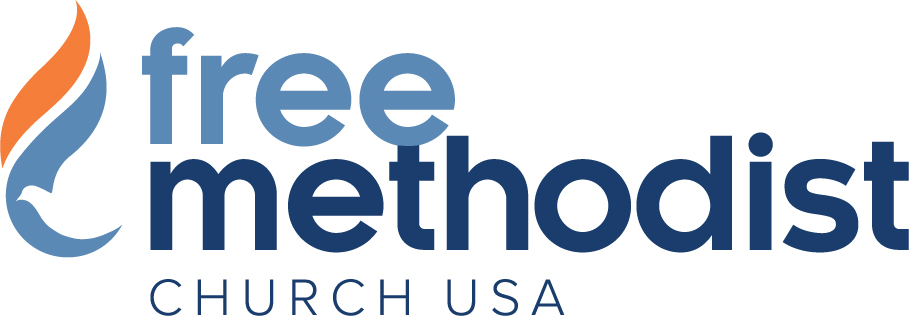IMPLICIT GENDER BIASES IN BUSINESS
In an article exploring implicit gender bias, the Harvard Business Review explored the reality of this in the business world: The article explains:
“Last year, Harvard Business Review investigated a company where women comprise only 20% of senior roles. Their goal was to find out whether differences in gender behavior explained promotion disparities. The researchers perused communication exchanges and data coming from sociometric badges that recorded interactions between employees. They hypothesized that explicit preferences such as women having fewer mentors or less facetime with managers would account for discrepancies. But as they analyzed their data, they found men and women’s work patterns and performances were indistinguishable. And yet women weren’t advancing whereas men were. What gives?
It comes down to implicit biases, the researchers concluded, which are our unconscious tendencies to favor one thing over another. Often, these mental shortcuts are morally neutral, like linking “doctor” and “nurse” and “hospital.” But connect “doctor” to “he” and “nurse” to “she,” and these associations become loaded, and can, as others have observed, have oppressive consequences.
This reality helps explain why most organizations struggle to close gender gaps: It’s not enough for women to compete and show they’re capable. Implicit attitudes must change, too. But how? Here’s where to begin:
Know what gender bias looks like
A preeminent legal scholar identifies two prominent forms of workplace bias against women:
First, about 75% of a sample of women described walking a tightrope between appearing too feminine and appearing too masculine at work. If a woman is soft or cautious, she’s reinforcing stereotypes. If she’s assertive and confident, she’ll be perceived as bossy or feisty. It’s a lose-lose.
Second, women are commonly perceived to be less capable in “classically masculine” roles. They’re less likely to be given credit for good work, and they are held to higher standards of performance. Suppose a woman is interviewing for a computer programmer role. If you strongly associate men with programming, that can, unbeknown to you, color your confidence in her qualifications. Worse yet, maybe she’ll pick up on that hesitancy and feel a little less confident in herself. Suddenly, a subtle, slight inclination in your own mind somehow throws her interview hopelessly off course. The same happens during promotions. There is a 58% drop-off in white women’s representation from entry-level to C-suite. If you’re a woman of color, it’s an 83% drop-off.
It’s worse for mothers. In one famous study (PDF), researchers found that mothers were 79% less likely to be hired, half as likely to be promoted, and offered an average of $11,000 less in salary.”…
If you’re gender-biased and don’t know it, take a test
What? Me? Biased? Well, see for yourself. Harvard’s 19-year-runningImplicit Association Test remains the social-psych standard for capturing implicit bias, and the vast majority of its five million test-takers have shown signs of bias. Remember: biased ≠ bigoted. IATs express the influence of stereotypes, but they’re not proof of prejudice….
Fight against all bias you see, including your own
It’s a good first step to acknowledge your own biases (gender-focused or otherwise), and try to guard against their influence. But because it’s hard for even the most well-informed people to maintain objective perspective, it’s also vital that we keep each other in check: stick up for those being victimized by bias….
Look past the pay gap
79 cents on the dollar. The gender pay gap is infamous, but it’s an incomplete metric by which we can measure women’s empowerment at work. There are complementary criterions: promotion rates, boardroom composition, job satisfaction rates, work-life balance, etc….
Pursue gender-blind decision-making
Quartz journalist Oliver Staley recently broke down how to remove bias from recruiting: check your language (avoid masculine gendered words like “competitive” or “assertive”), be wary of referrals, anonymize resumes, standardize interviews, and triangulate decisions with a diverse group of people….
Help relieve unfair burdens women feel outside of work
At the company HBR investigated, women were substantially more likely to leave mid-seniority, after having been at the company for four to ten years. If men and women are equal stakeholders in a family, they should presumably be leaving the workforce at the same rate. But this isn’t happening. According to Prudential research, women’s outsized burdens outside of work hinder their success at work….
Make professional connections with awesome women…
The brain will always associate. That’s how it functions. But we can teach our brains to make more accurate associations by engaging deeply with those we’re biased against. Engage with awesome women, mentor awesome women, be mentored by awesome women, and you’ll begin to see that women aren’t less capable, aren’t softer or feistier or less deserving of respect or raises. As diversity advocate Vernā Myers explains in her TED Talk on overcoming biases: “go look for disconfirming data that will prove your old stereotypes are wrong.” Find and admire and go further with awesome women. Build professional relationships with awesome women that actually let you see someone as a holistic person. Be inclusive. Be patient….”
To read the article click here
